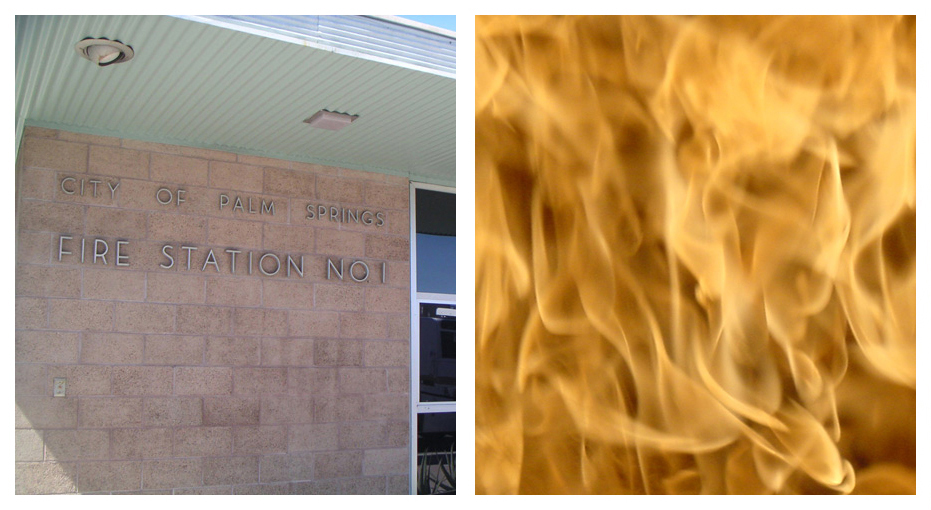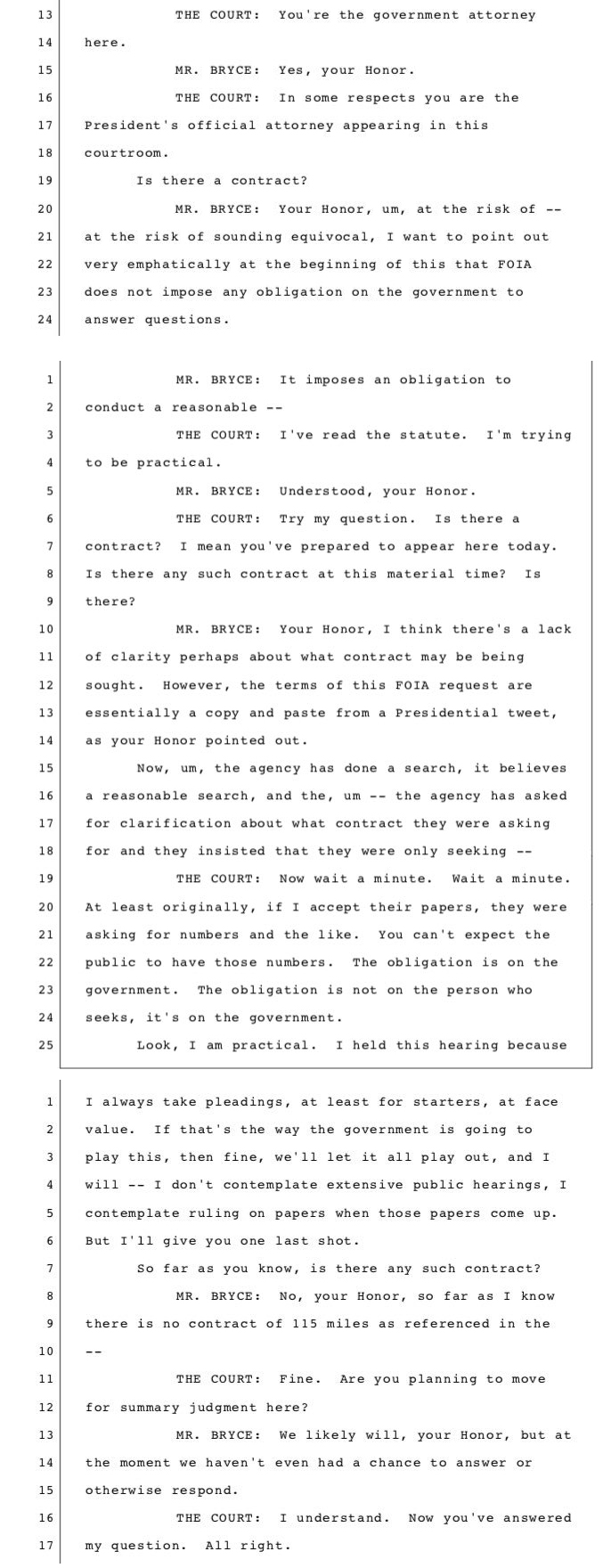Desire, for hire, would tire a shire, phone, phunkel, or wire
When the world’s first cellular network was installed in Washington, D.C., in 1983, Gatt and Rwayitare knew instinctively that cellular could solve many of Africa’s communication problems. […] “How do you educate a government on what cellular is all about?” asked Gatt. […] You hand him a mobile phone and get him to call home, of course. […]
On an official state visit to the United States, Zairean President Mobutu Sese Seko was handed a Motorola mobile phone and urged to call home. It was 1985, so he had to be persuaded that the device — which weighed as much as a bottle of wine and boasted a retractable antenna — was not a walkie-talkie. But once he’d spoken to his family in Kinshasa, he needed no further convincing. Joseph Gatt and Miko Rwayitare’s plan was coming together.
Telecel, the company they formally founded a year later, would soon have 3,000 subscribers in Zaire (now the Democratic Republic of Congo) — well before mobile phones were ubiquitous in America. Zaire’s near-defunct fixed-line infrastructure meant that the country’s elite were willing to spend $5,000 on a handset and up to $16 per minute to remain connected. […]
Despite being impressed, the dictator — like most people in 1985 — hadn’t fully grasped how life-changing the technology would be and he initially refused to grant Telecel an operating license. Gatt and Rwayitare knew they were onto a good thing, however, so they used their life savings to purchase an ailing U.S. mobile technology firm and obtained finance from Motorola to erect a small system in Kinshasa. All that remained was to buy a couple of hundred handsets — at $3,000 a pop — and give them to Mobutu and his inner circle.
“These 200 Zairean officials called each other and overseas over the next year without paying for a single call.” […] At the end of the trial period, and faced with the prospect of losing what had now become an essential cog in the state machinery, Mobutu agreed to give them their license.
























